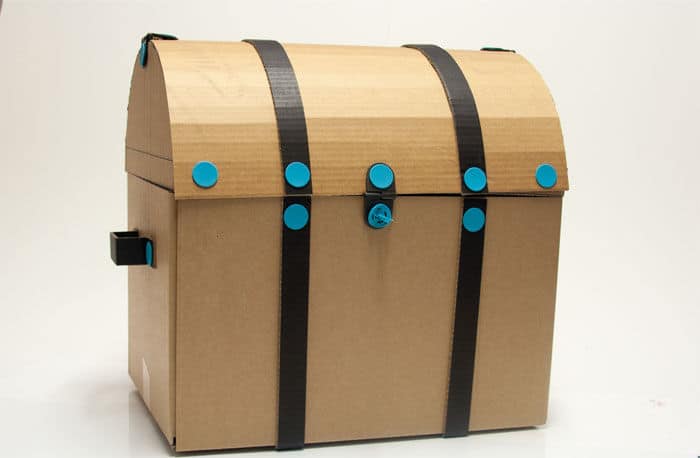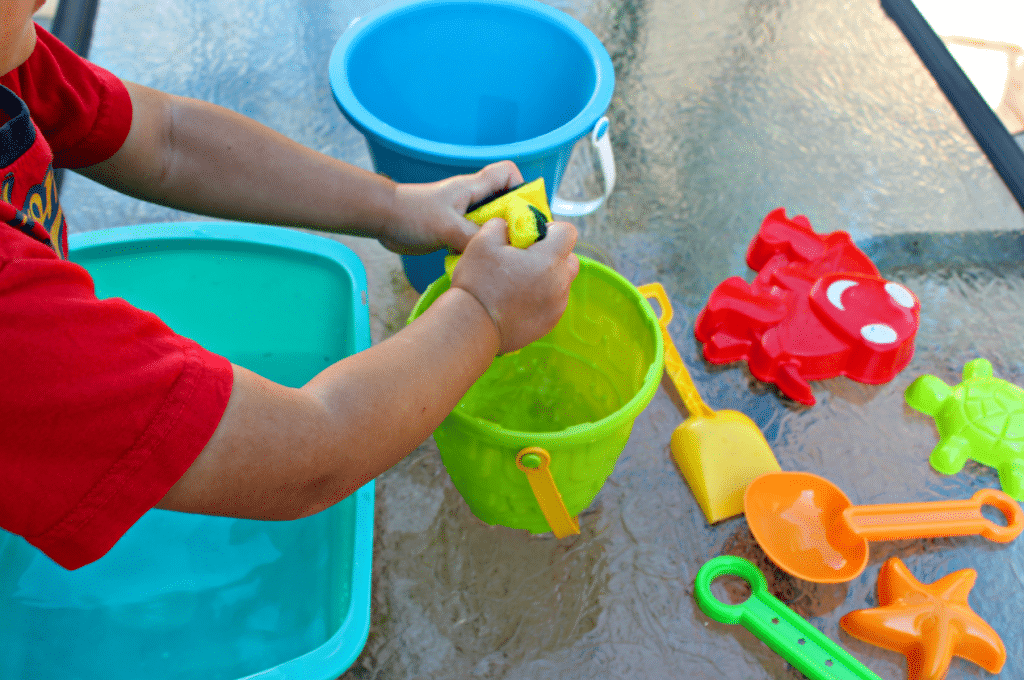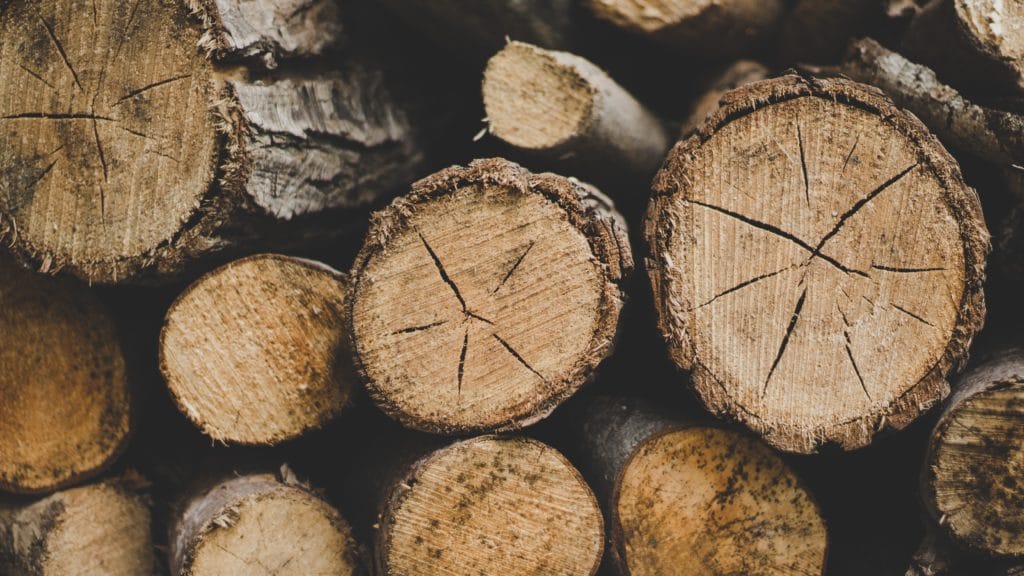Play Opportunities you can Provide at Home

At Smartkidz Play and Learn, our staff are trained in PARS Playwork practice. Their role is to protect and facilitate the act of play with little adult interference.
Playwork allows the opportunity for play that promotes imagination and creativity, builds resilience through risk taking, aids social skills, and improves physical and mental health.
In practice, to create a playwork environment means providing a large space with a variety of different areas, well stocked with objects and opportunities. PARS Playwork is a globally recognised approach but it is specifically useful for childcare situations and won’t be suitable for all situations.
In a home where a family uses the house and garden together, there isn’t always space to provide this. We will introduce you to a few simple ideas from our playwork experience that will allow you to provide amazing play opportunities at home.
Bringing playwork into the home
The key to encouraging play at home is to keep every opportunity open. Allow your children the space and provisions to develop it in ways that you may not have thought of. While having space helps, it isn’t essential and there is no need to buy expensive toys.
Remember, this is just about using some of the ideas from playwork and not perfectly replicating a playwork setting in your back garden. The parent, child relationship is very different to the role of the playworker so while you can give them space to let their creativity flow, it’s also great to share the fun with them. Get involved and play together.
This sounds expensive!
The play opportunities of a cardboard box or left-over packing material are greater than those of toy you can buy in a shop. A box can be a car, a train, a castle or even a rocket. However, a toy car is often always a toy car.
This is not something you need to go out and stock up for, but you do need to keep your eyes and ears open. Get in the habit of looking out for potential play objects such as interesting pieces of wood, rocks or sticks. The best opportunities are ones that develop slowly over time.
I don’t have enough space!
While it would be great to have a small area to dedicate to play, this isn’t necessary. The best thing about play is that with a little imagination it can happen anywhere.
You don’t need to provide anymore space than your child already has.
Some quick suggestions:
Treasure box

Work together to create a special box to keep special items and objects that can be used in play later. Get your child involve with choosing the box and decorating it. You can add items to it whenever you see something interesting.
Pro tip: Tell your family, friends and colleagues about the box. They may be able to provide some exciting items. Something that one family was about to get rid of might be the perfect addition to a treasure box.
Cardboard boxes
Boxes have endless possibilities. You can take this as far as you like. You could keep any boxes you receive parcels in, or you could actively collect as many boxes as you can.
A box on its own is brilliant but you can also provide craft materials, paper, pens and glue to let them modify it.
Pro tip: Keep an eye out on social media for people offering boxes left over from moving to a new house.
Waterplay

A watering can full of water and a selection of flowerpots, old milk cartons and yogurt pots are just as good as anything from a toy shop. You don’t need to create a perfect set up for this, just save some of your recycling, hand it over and prepare for them to get soaked.
Pro tip: If they grow out of the paddling pool, don’t get rid of it. A toddler’s paddling pool can become the site of many amazing water experiments. Just add a ladle and a flowerpot or ten.
Natural building materials

Look out for any bits of wood or old tree branches. With some quick sawing they can become almost anything. If you cut up a branch with a mitre saw, you can create anything, from sticks/swords/fishing rods to a set of building blocks. Don’t spend ages on it, they don’t need to be perfect, that’s what imagination is for.
To see how amazing sticks can be, take a look at the wonderful Not a Stick. Also, make sure your children are booked in for the first day of our Summer Holiday Club to get their ‘Not a Stick’ challenge card and take part in the #smartkidznotastickchallenge.
Pro tip: Bits of wood are often available in Facebook groups. Let people know that you are looking for some and if anyone has a tree tidied up, they may save you some wood. If you don’t have a mitre saw, talk to your local woodyard or forest school, there may be someone who’s willing to chop up a branch for you.
Tuff trays

These are large flat trays that can sit on the floor or be raised on a stand. They are great if you don’t have much space. They can be used for sand, water, mud or pretty much anything you can think of.
Pro tip: These are best used when they provide opportunity and not when they shut down possibilities. Be prepared that the play may leave the tray or may become something different than you intended. Try not to use them to set up a perfect little play scene for them, just provide the tough tray and some odds and ends and see what they come up with.
Conclusion
Remember, have fun! Try a few ideas and see what happens. You are not aiming for a perfect playwork setting just some imaginative play. One of the best things about this kind of play is watching the ideas take hold.
It’s important to remember that no matter how well you prepare something the play will unfold in a way that you didn’t expect. And that’s fine! These opportunities are designed to spark play and not to contain or restrict it. Let it happen.
